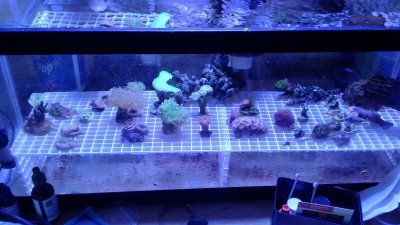- Joined
- Jul 28, 2015
- Messages
- 2,752
- Reaction score
- 1,940
so far im impressed with what i see.....
https://vid.me/PXHt
i cant find many active dinos with my samples after dosing.
some things to note.... peroxide is still on the doser. UV is offline.
https://vid.me/PXHt
i cant find many active dinos with my samples after dosing.
some things to note.... peroxide is still on the doser. UV is offline.























